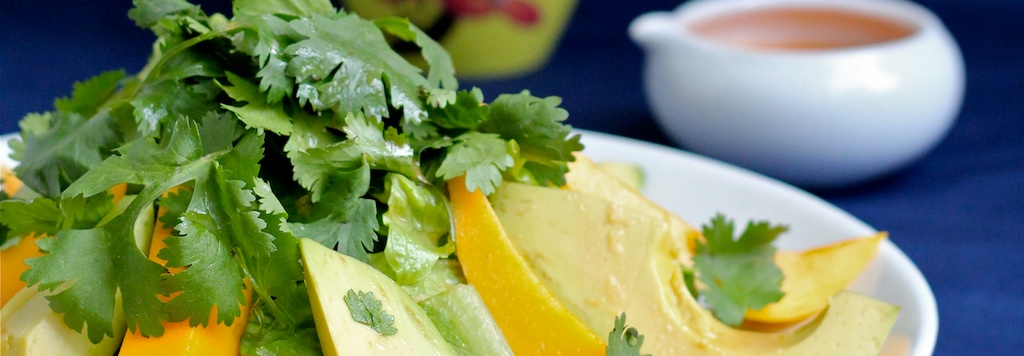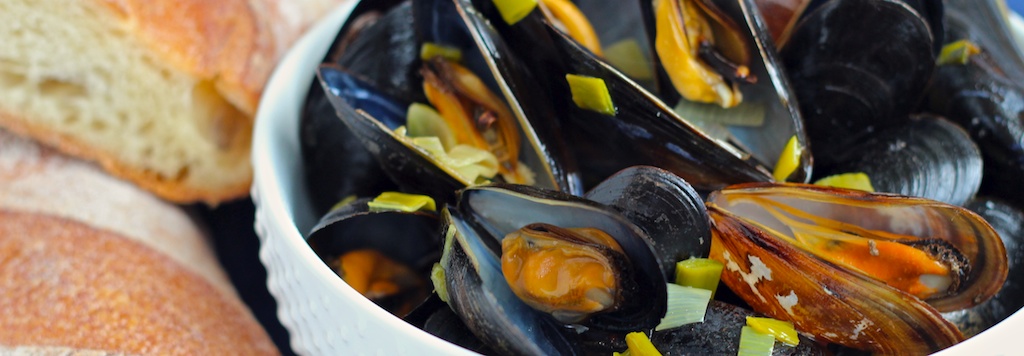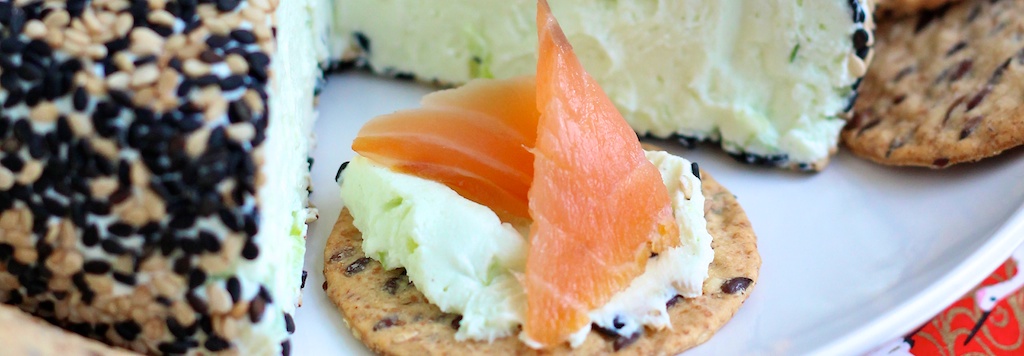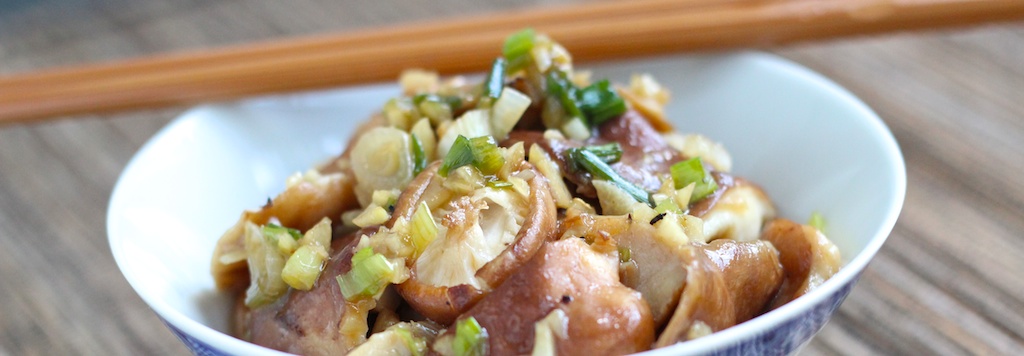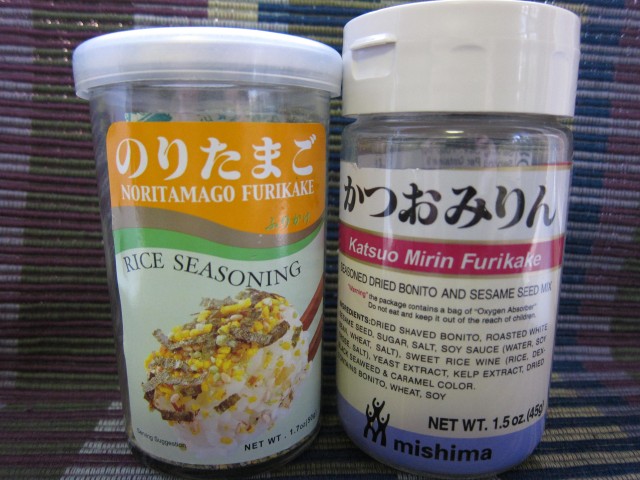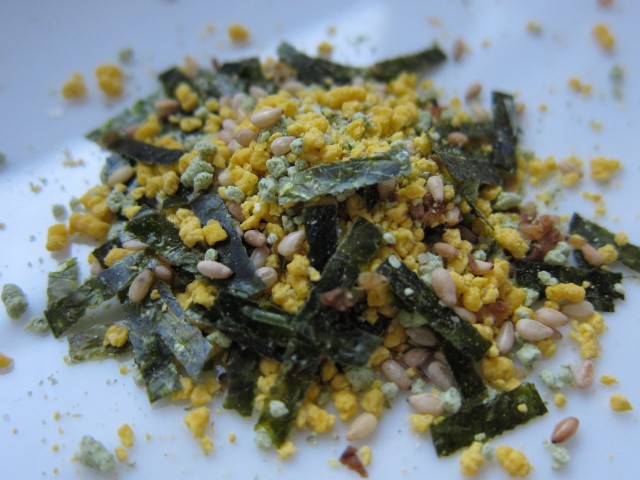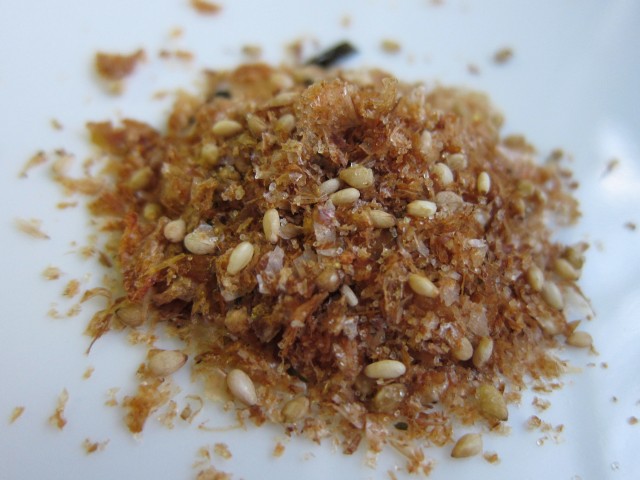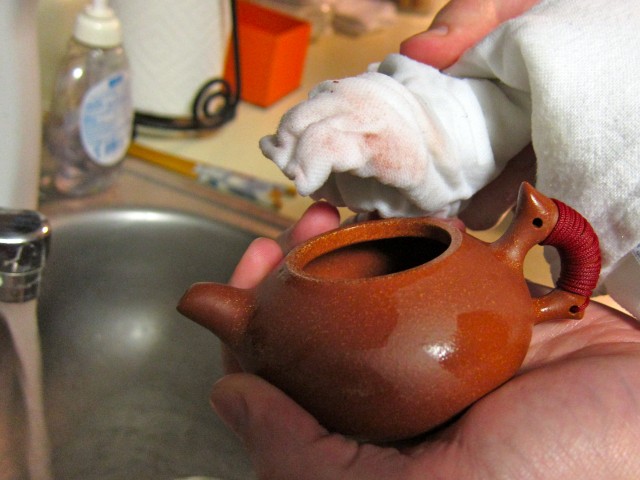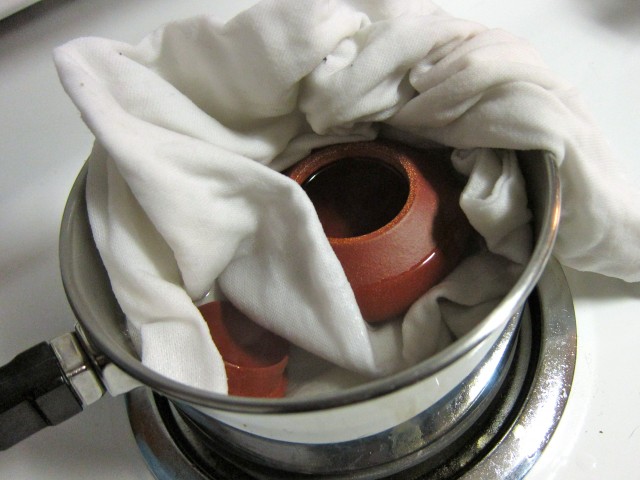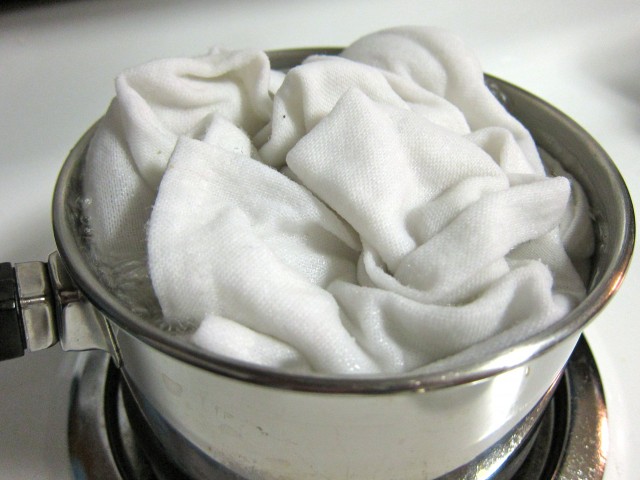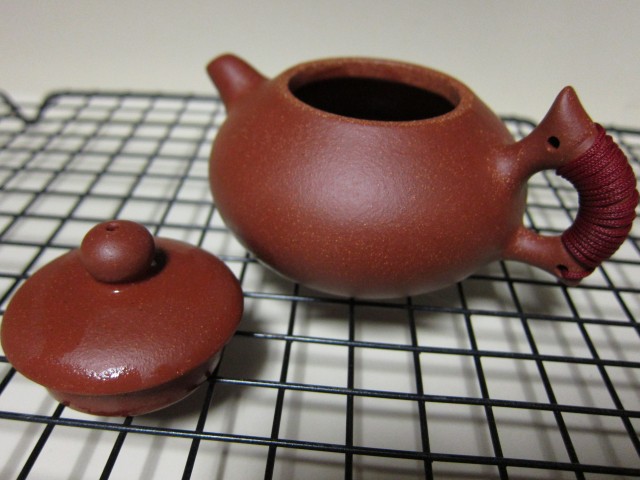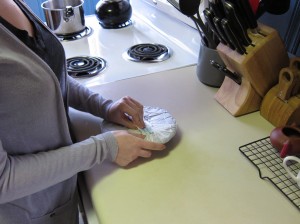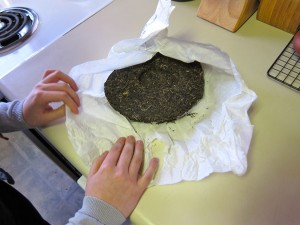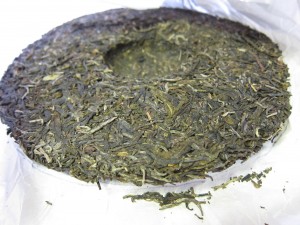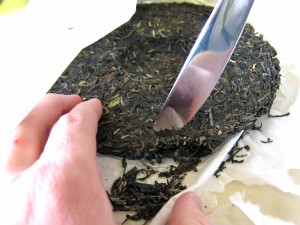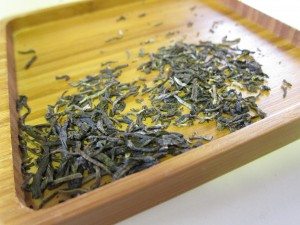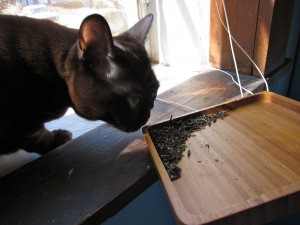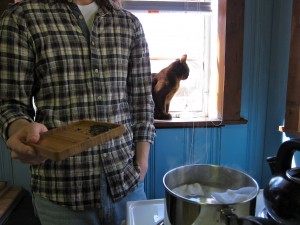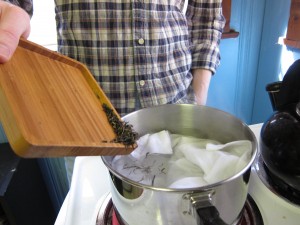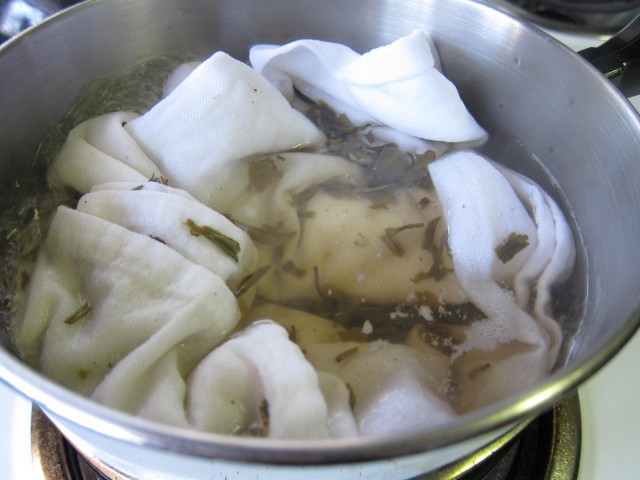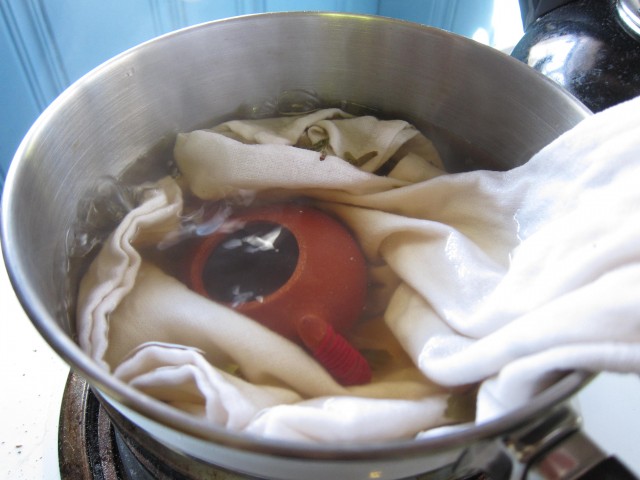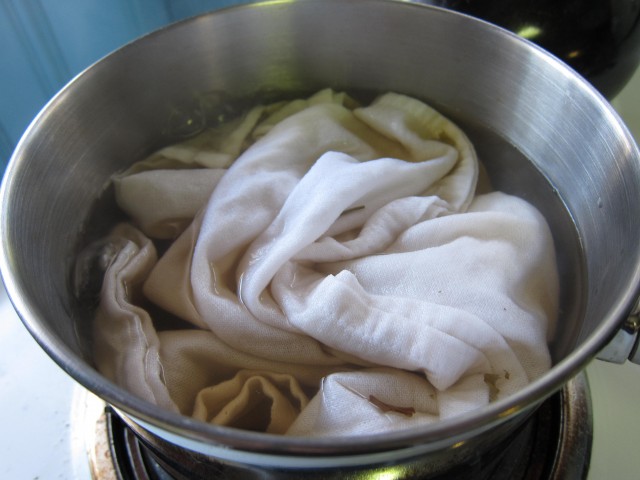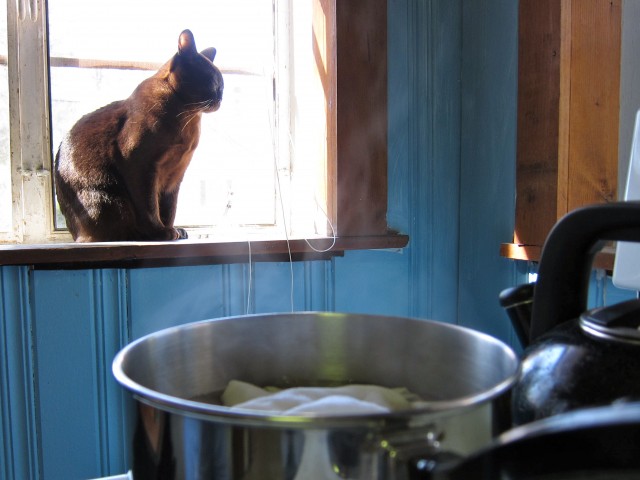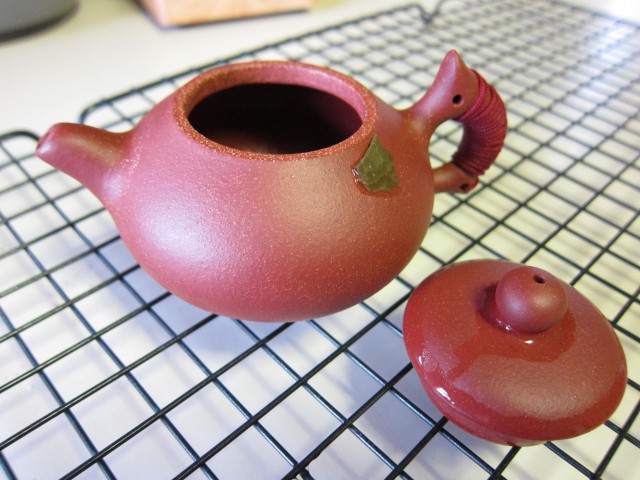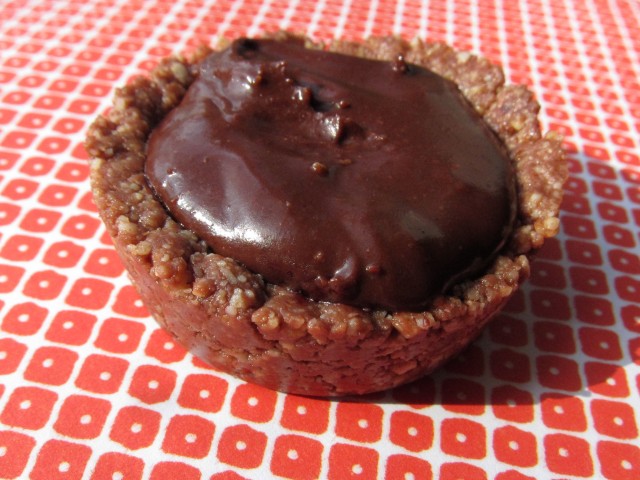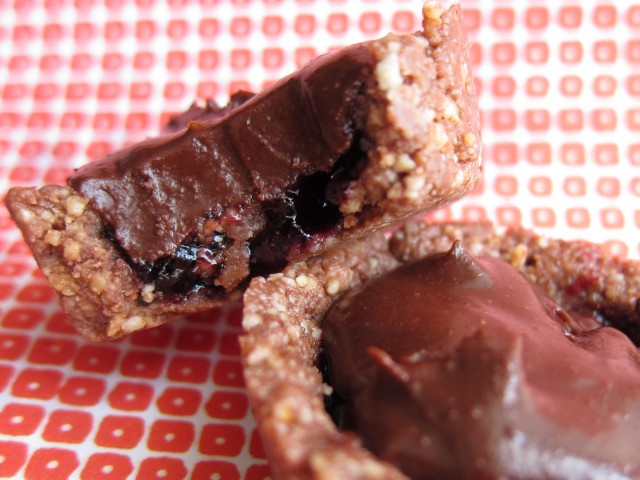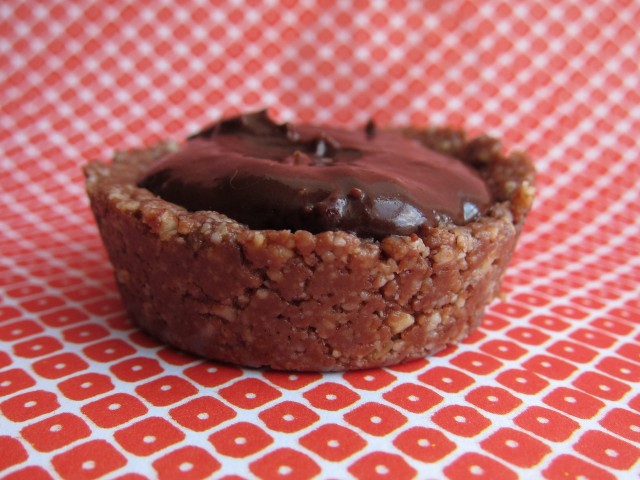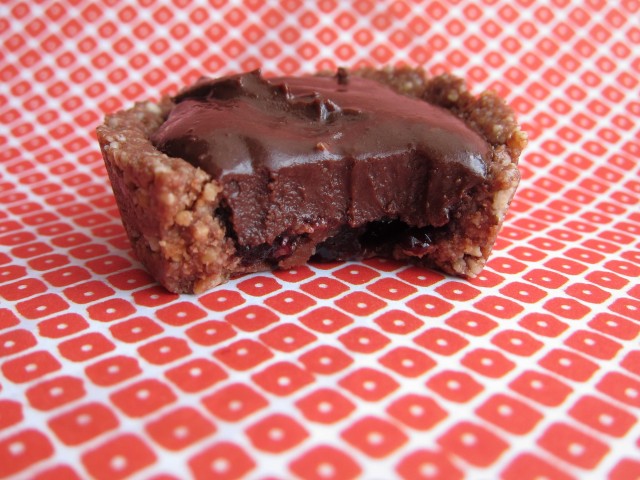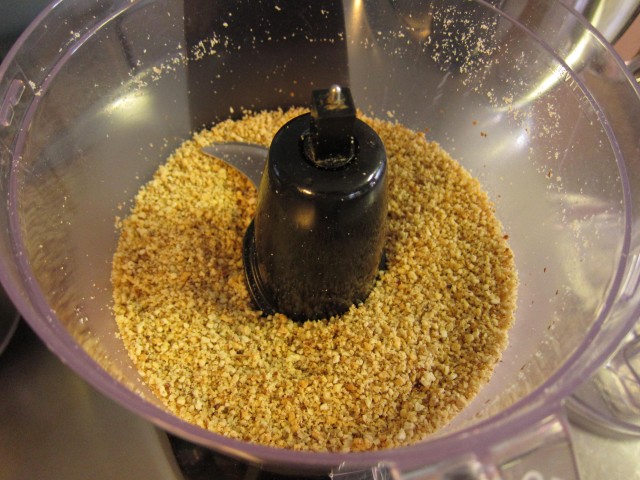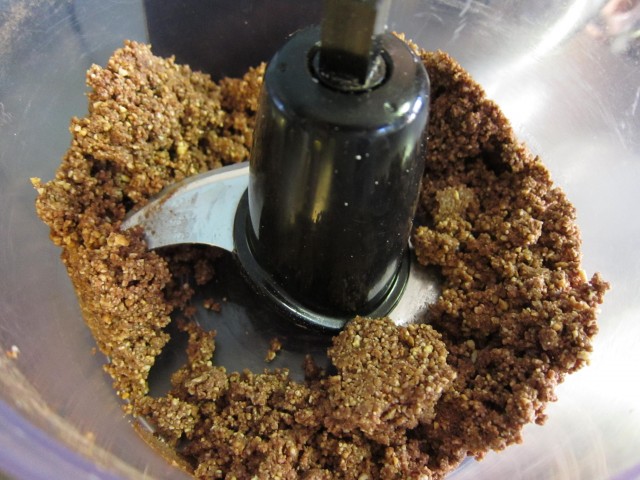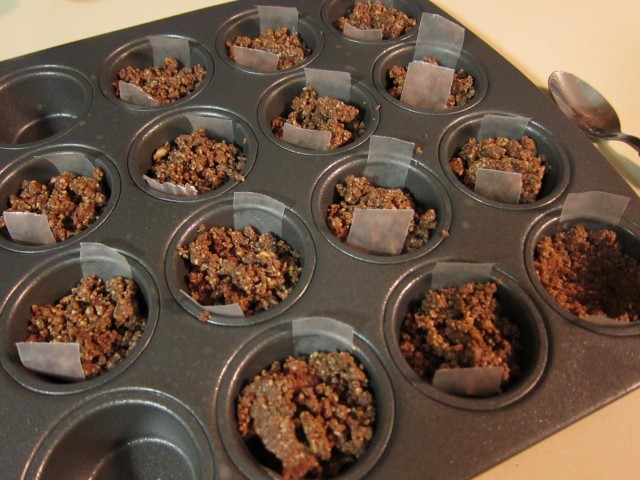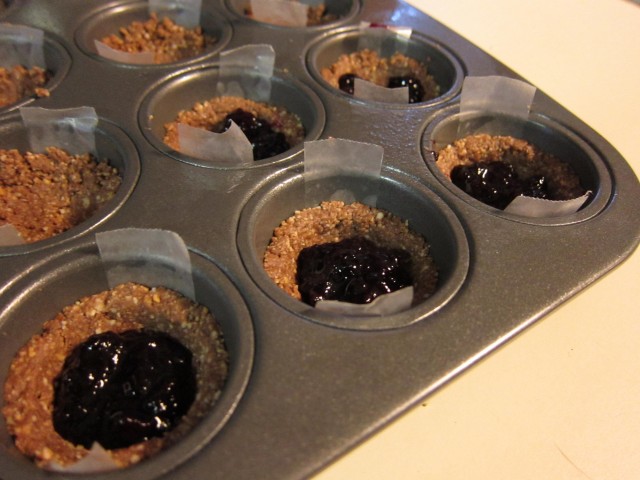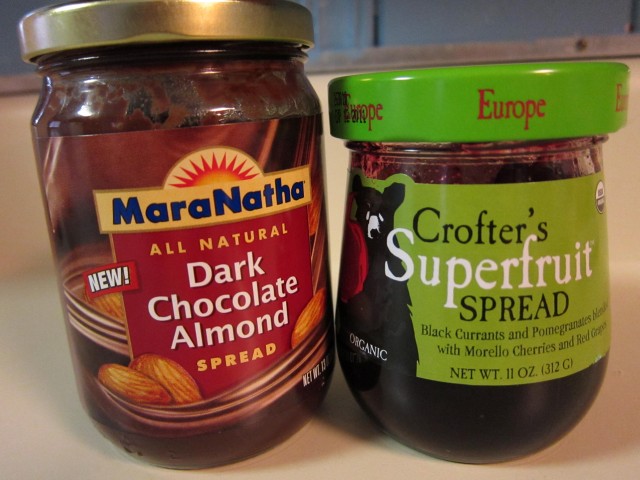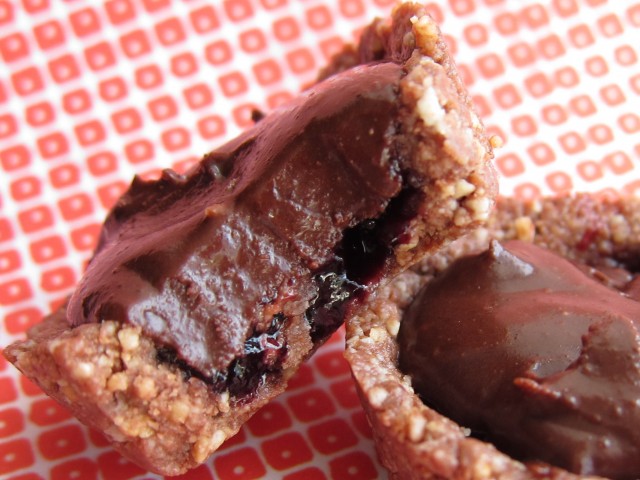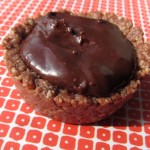I wanted to take a moment to formally introduce you to a staple of my spice cabinet that I’ve mentioned here a few times and tell you a little bit more about it.
Furikake. So, what is it?
Furikake is a popular Japanese condiment used mainly as a seasoning for rice. There are dozens, if not hundreds of varieties of this stuff available and there are really no rules as to what they should be made up of. The usual suspects include toasted sesame, bits of nori, bonito flake, dried vegetables, dried egg or other proteins, puffed and toasted rice, and usually salt and spices.
The two we have currently are a noritamago flavor and a katsuo mirin flavor.
Noritamago is a combination of the words “nori” and “tamago.” You know nori as the dark green seaweed sheets used to wrap maki sushi. In this furikake, the nori is cut into tiny pieces and serves as the salty element. Tamago is the Japanese word for egg, and this furikake contains lots of dried egg bits. There is also toasted sesame and a tiny bit of bonito flake in there too.
We like to eat this on top of plain rice, on fried rice, and sometimes mixed into plain rice and pressed into a ball to form what is known as an onigiri.
That one is definitely Jeff’s favorite as he isn’t as in love with bonito as I am.
But for all you dried and shaved skipjack tuna fans out there (anyone?) this is the one I recommend for you!
Katsuo is the Japanese name for the fish known in most other parts of the world as bonito. We call it skipjack tuna in the states, I don’t know why it has so many names. In Japan, katsuo is dried whole and then shaved into a product called katsuobushi. It looks a lot like sawdust and smells like dried mushrooms with a faint oily fish smell. It’s a critical component in making dashi, the popular seaweed stock used ubiquitously throughout Japanese cuisine.
It is also a popular ingredient in furikakes. The one above is mostly katsuo flavored with mirin and soy sauce and accented with toasted sesame seeds and just a few flakes of nori. The flavor is a balance of salty and savory, with the soy seasoning the earthy dried fish.
I eat this on plain rice or in an onigiri, but every once in a while I’ll sprinkle it on a bowl of noodles too.
So, if you ever come across this stuff on one of your grocery shopping ventures, now you know what you’re looking at. With so many variations out there, I’m sure there’s at least one that fits your tastebuds exactly. Give it a try, it beats plain rice any day!
What is your favorite seasoning or spice?




